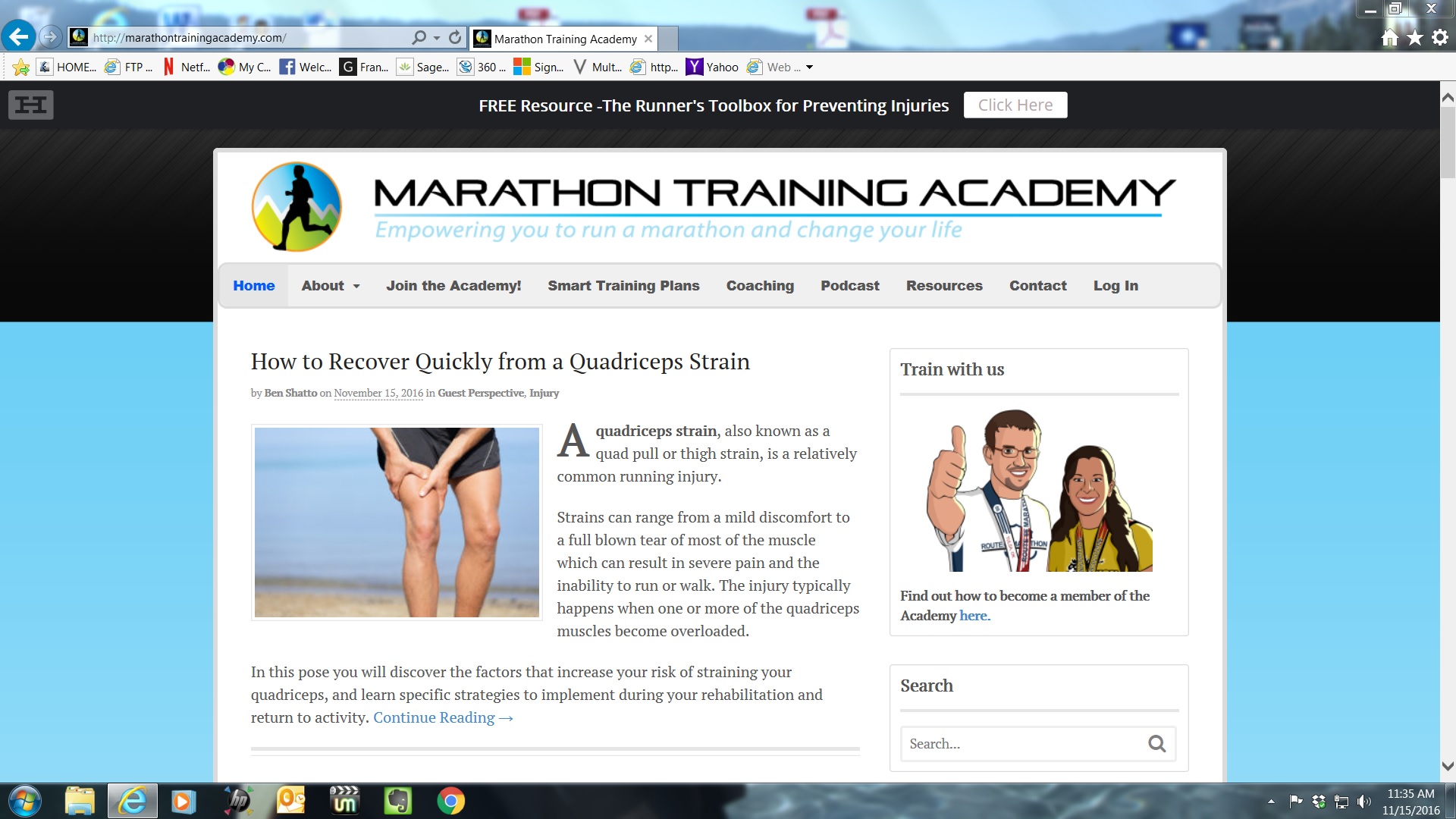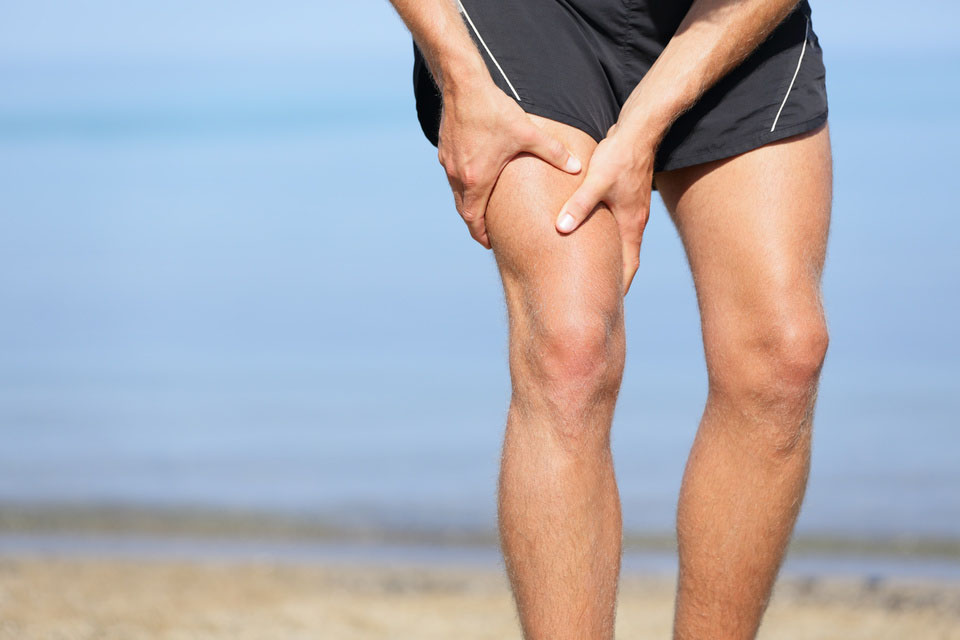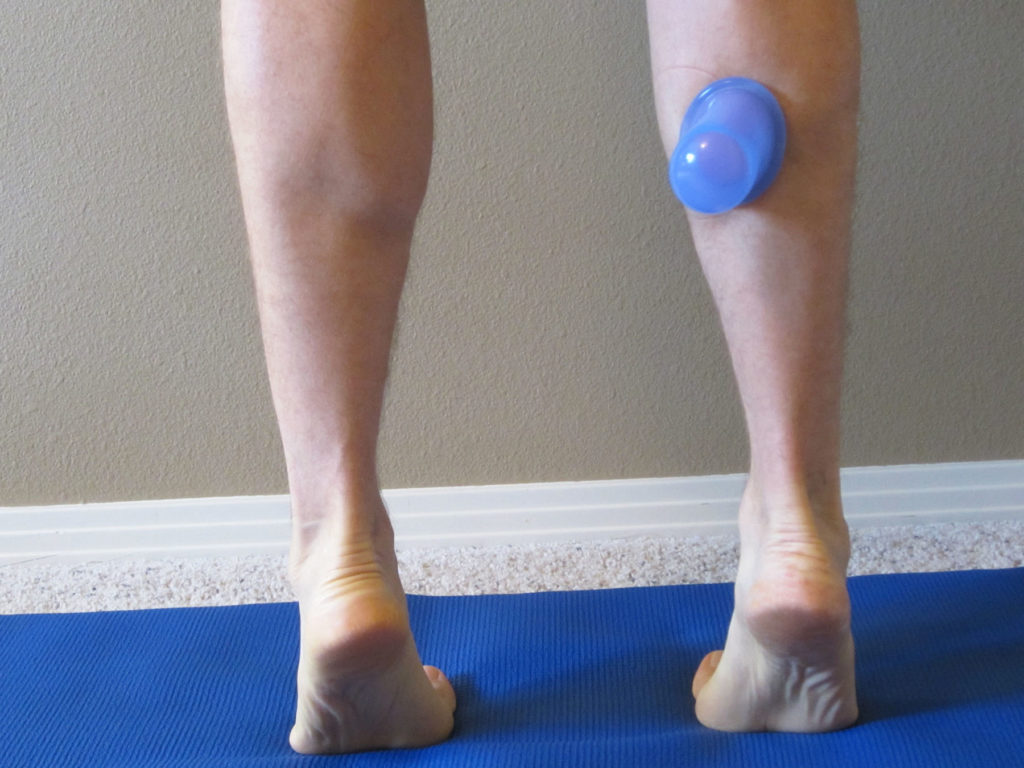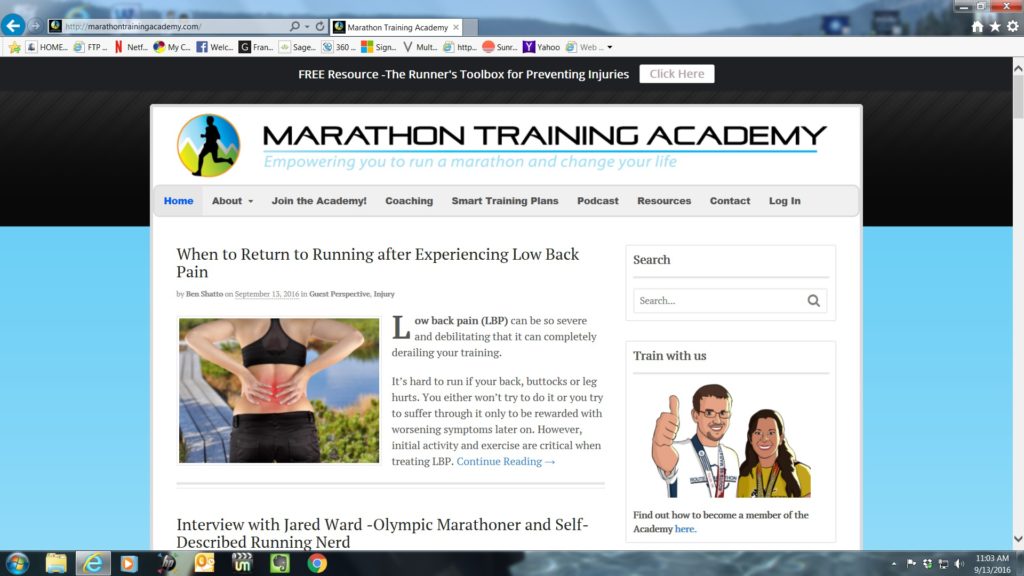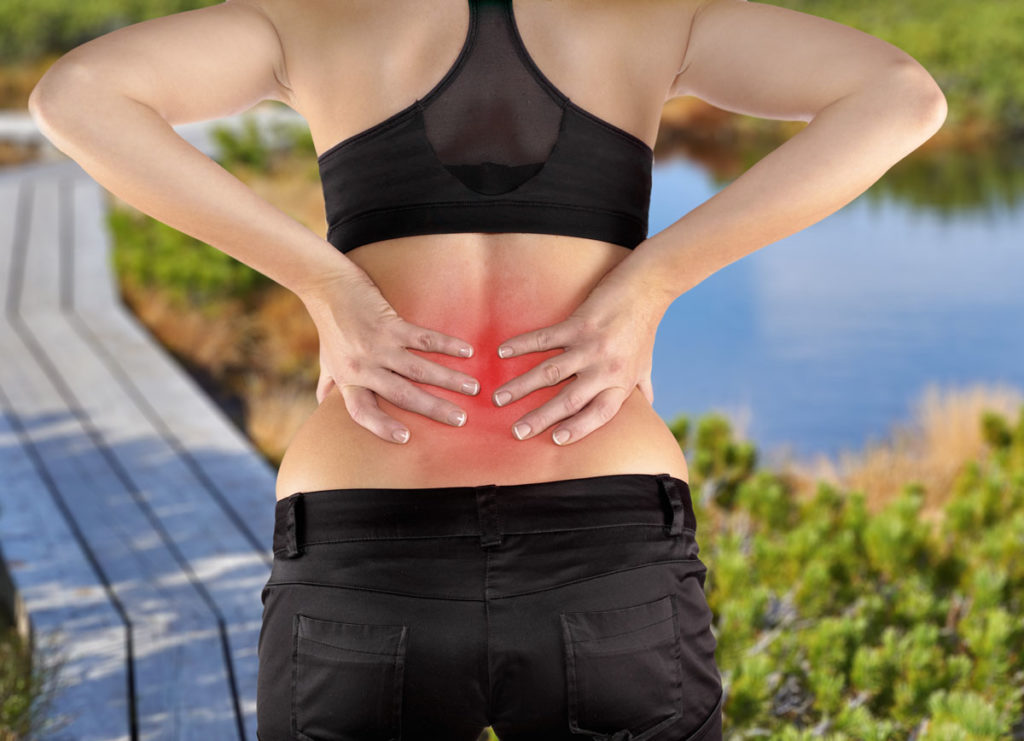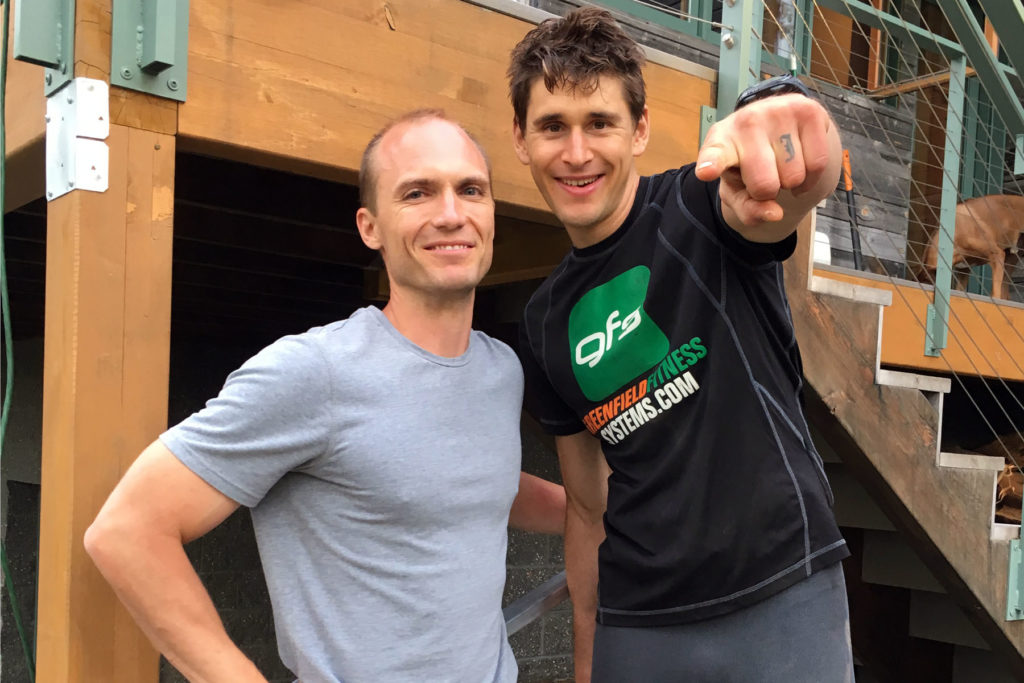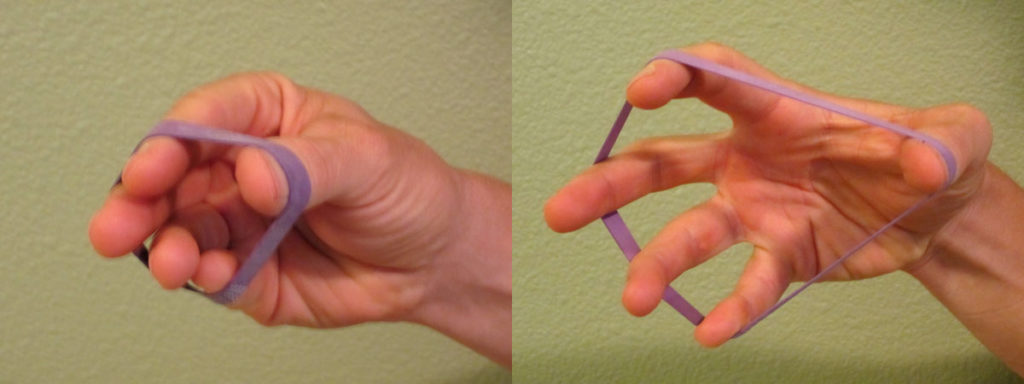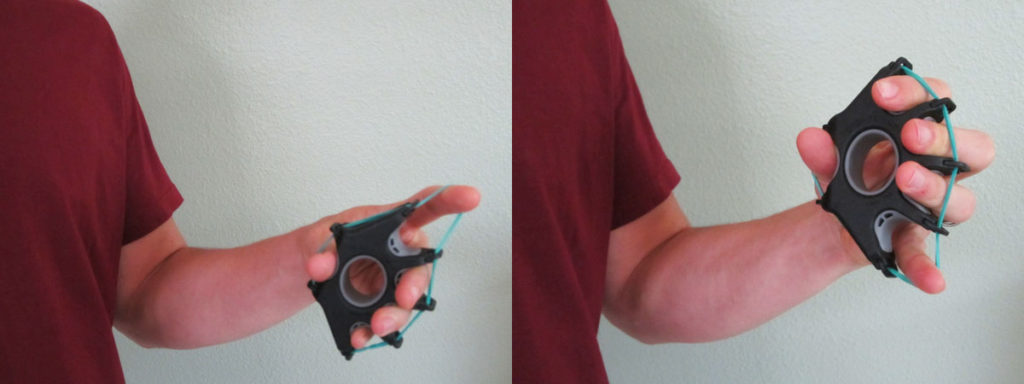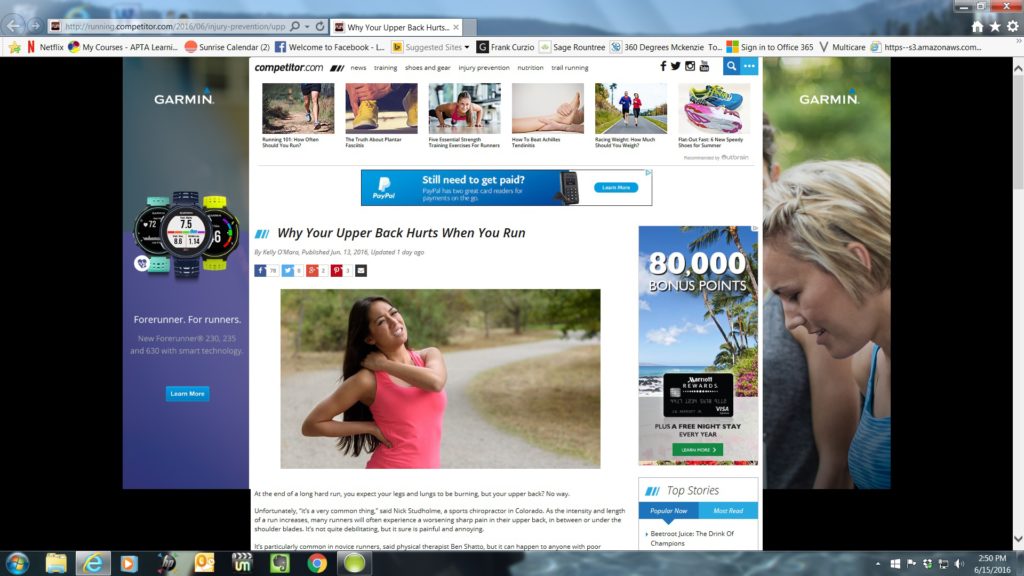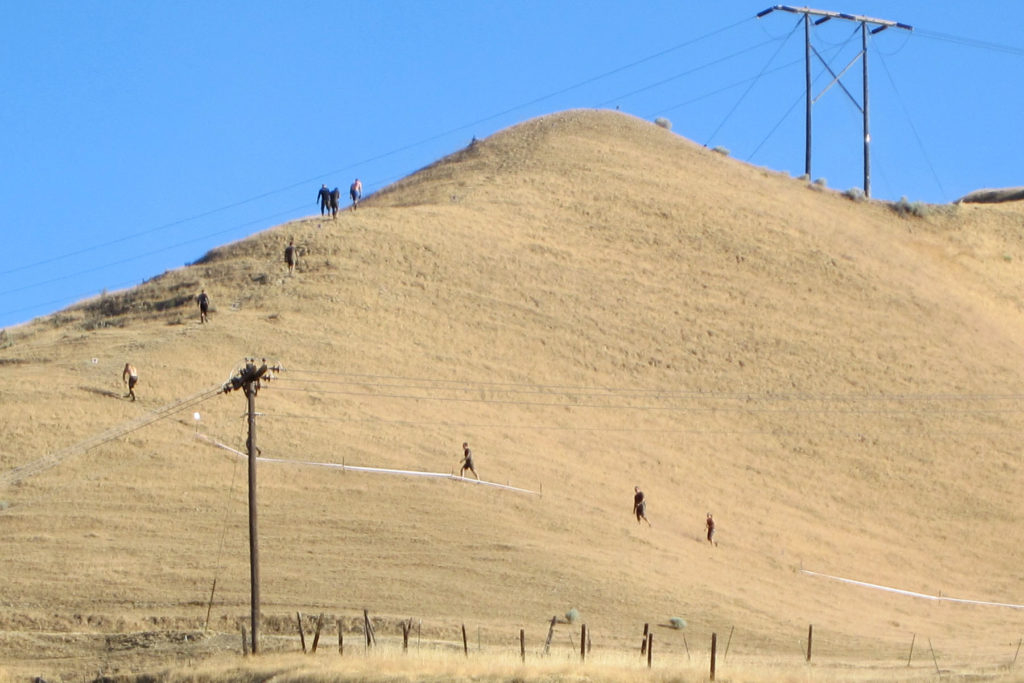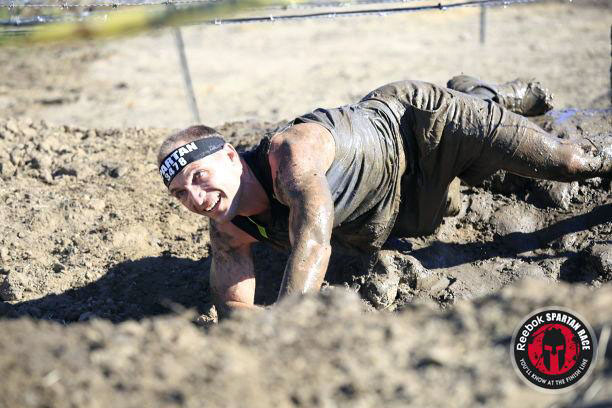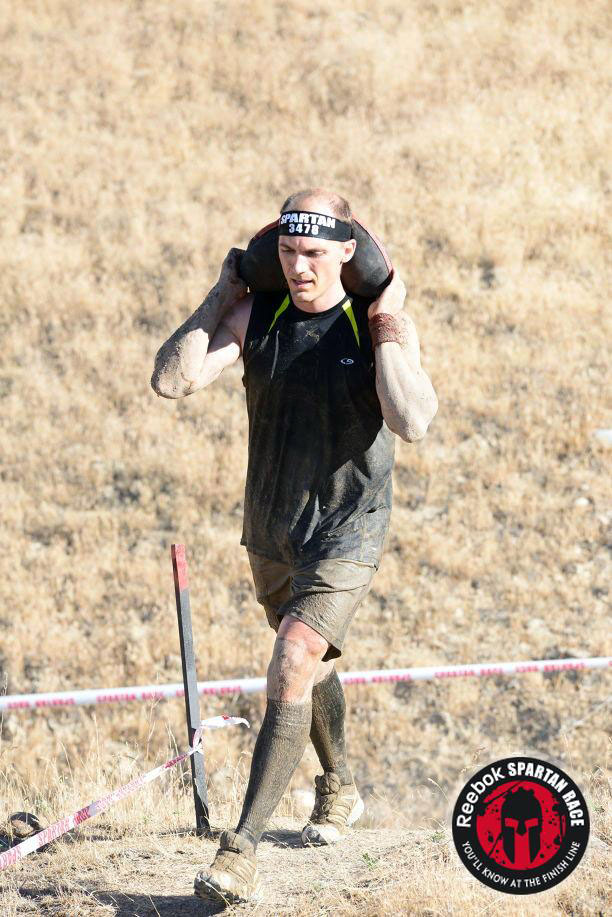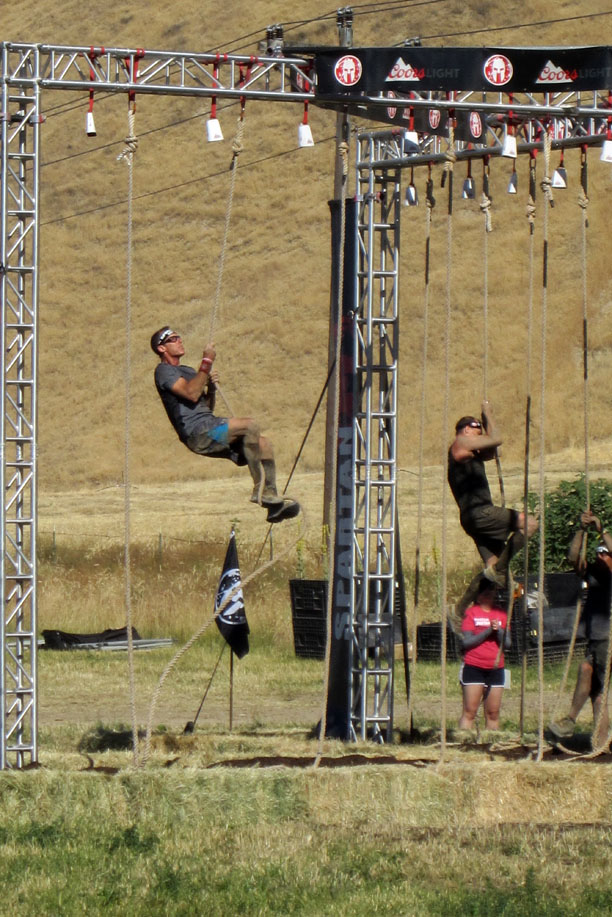
As 2016 comes to a close, more and more people are realizing the value of taking control of their health care and personal well-being. In today’s health care environment, we all need to learn how to treat common aches and pains proactively instead of reactively. We must get to the root of the issue instead of placing a Band-Aid over it. Our present health care system in America is not designed to help you optimize your health–that is your job!
2016 marks the first time that the media started to wake up to America’s prescription opioid addiction. The news and many research articles discussed America’s opioid addiction including their disastrous consequences on one’s health and the nation’s health care system in general. Not to mention, how poorly opioids actually are in managing long term pain.
The purpose of The Physical Therapy Advisor is to help people like you to take control of your health and to save money by learning how to safely self-treat and manage common musculoskeletal, neurological, and mobility related conditions safely and effectively without opioid use.
My Top 5 Most Popular Posts of 2016:
- How to Use Shoulder Pulleys to Regain Shoulder Motion – Maintaining adequate shoulder mobility is critical after surgery and/or avoiding osteoarthritis of the shoulders. The shoulder pulley is often one of the first exercises initiated after surgery or injury. However, it’s often performed incorrectly. In this video, I demonstrate the proper way to utilize a shoulder pulley.
- Exercise as Medicine – Too often, people look towards pharmaceuticals in order to help manage medical conditions. Exercise is a highly effective and often underutilized method to treat many common, yet serious, medical conditions such as diabetes, heart disease, and osteoporosis. Exercise is medicine when prescribed and performed correctly.
- 3 Simple Exercises to Help You Age Well – Maintaining functional mobility as we age is critical. First, you need to maintain the ability to stand up. This insures that you can get up from a chair or a commode/toilet. Second, you need to maintain your ability to ambulate to insure that you can perform the other needed activities of daily living more easily. Lastly, you need the balance to safely perform these tasks. Walking, squatting, and improving your balance will help you to age well.
- 5 Strategies to Train Smarter for your next Obstacle Course Race – Obstacle course racing (OCR) is one of the hottest new sports around for all fitness levels (including the novice to expert thrill seekers). This post highlights the five lessons I learned from my training seminar on OCR races with Ben Greenfield from www.Bengreenfieldfitness.com and Michael Caron from www.Getburly.com.
- Got Text Neck? – Have you noticed that wherever you go nowadays that you constantly see people walking and looking down at their cell phones? No wonder that the term “text neck” is now being used to describe chronically poor posture! This post explores the role of poor posture related to neck and headache pain along with tips for prevention and treatment.
2016 has been a wonderful year! I successfully launched my first eBook and video package, Treating Low Back Pain (LBP) during Exercise and Athletics. I share very specific strategies for LBP prevention among athletes such as sport enthusiasts, CrossFitters, weightlifters, and runners. These principles are helpful for anyone participating in athletics as well as those implementing a healthy lifestyle. This eBook addresses the specific causes of LBP as well as the best practices on how to prevent and self-treat when you experience an episode of LBP. A 7-part series of instructional videos is also available and includes nearly 60 minutes of actionable advice to prevent and treat LBP.
In addition to my new eBook, I have continued to feature reader submitted Q & A’s as well as many exercise and training posts including posts written for the Marathon Training Academy.
This past fall, I featured a six part series on headache pain which includes prevention and treatment tips. An important focus continues to be on longevity and healthy aging. This includes ongoing guest posts on healthy senior living for the Seniors Blue Book. (Check out my top 3 recommended daily fall prevention exercises as featured in the latest Seniors Blue Book!)
Looking toward 2017, I will continue to offer free self-treatment advice to help YOU manage common musculoskeletal, neurological, and mobility related conditions in a timely manner. Together, we can all learn to age well and reach our optimal health!
Don’t forget subscribe to my e-mail newsletter! I will send you my blog posts on how to maximize your health, self-treat those annoying orthopaedic injuries, and gracefully age. To thank you for subscribing, you will automatically gain access to my FREE resources, including a FREE CHAPTER from my eBook, Treating Low Back Pain During Exercise and Athletics.
Thank you for supporting The Physical Therapy Advisor! I look forward to serving you in 2017! If you have a question that you would like featured in an upcoming blog post, please comment below or submit your question to contact@thePhysicalTherapyAdvisor.com. Be sure to join our growing community on Facebook by liking The Physical Therapy Advisor!

